 “If I don’t get a hundred it would be a bad day.” said Muniran Bibi. She sounded like an ambitious cricket player. “The boat clinic is our only chance of getting health care here on the island.” she insisted. “If not many people come, a big chance would be wasted for them.” Her eyes were bright with anticipation.
“If I don’t get a hundred it would be a bad day.” said Muniran Bibi. She sounded like an ambitious cricket player. “The boat clinic is our only chance of getting health care here on the island.” she insisted. “If not many people come, a big chance would be wasted for them.” Her eyes were bright with anticipation.
I had just arrived at the school building on an island in the Brahmaputra River in Kamrup District, Assam, India. The young team from the Kamrup Boat Clinic, a doctor, a pharmacist, lab technician, two nurses and a registration worker had raced ahead carrying their supplies on a bicycle through the fields. I was maybe three minutes after them. When I got there they had already talked to Muniran, the local Asha worker, and set up in their corners in the school’s class room. People started lining up at the rickety table under the porch that was used for registration. Karim Ali, twelve years old, was one of the first ones. He got deworming pills and vitamin B supplement.
Most of the patients were women, many with their children, and many others pregnant. They came for pre- and antenatal care, to get vaccinations and regular check-ups. The young team was incredibly efficient: registration outside, straight on to the doctor. From there to one of three stations: nurses, lab, or pharmacy. The little school building had become a field hospital for a day. When I came in and took pictures all around, nobody even looked up, the work simply continued.
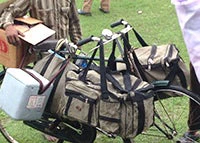

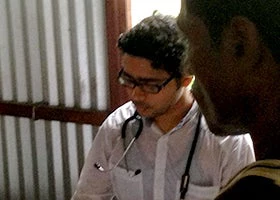


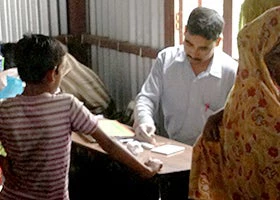
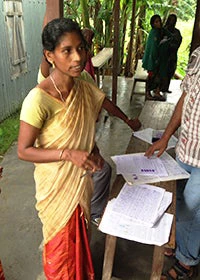
The boat clinics deliver the last mile in a Government of India funding program, a mile over water in PPP mode. Like Operation Asha, another Development Marketplace “last mile” winner, the boat clinics excel through focus, dedication and relentless efficiency. I love what they do!
When we left, Muniran looked happy. She was well over a hundred already and not out. The team would stay the whole day to take the boat back only just before dark. Another island would await them the next day, like every week day……

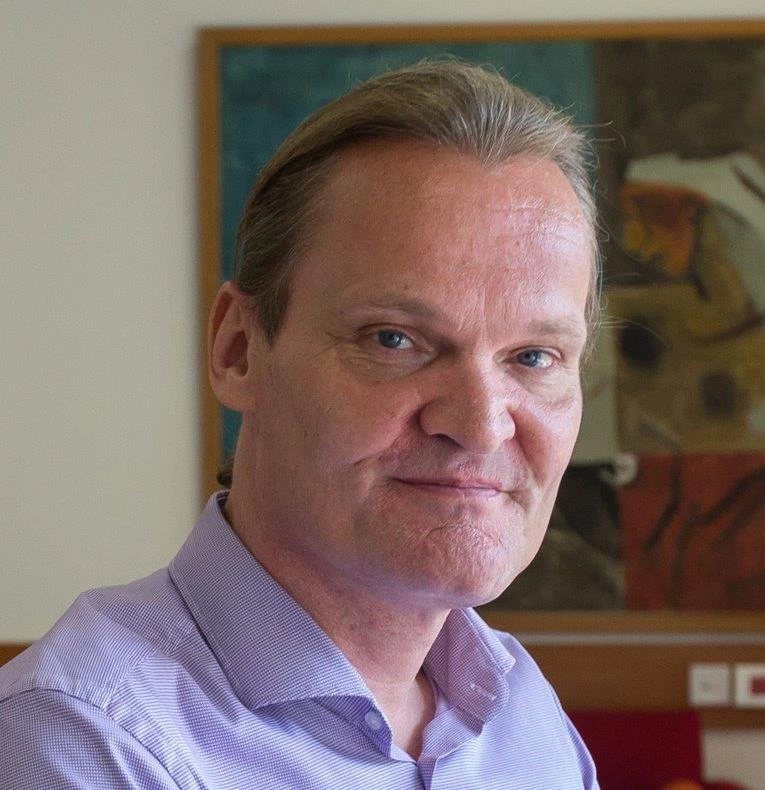
Join the Conversation